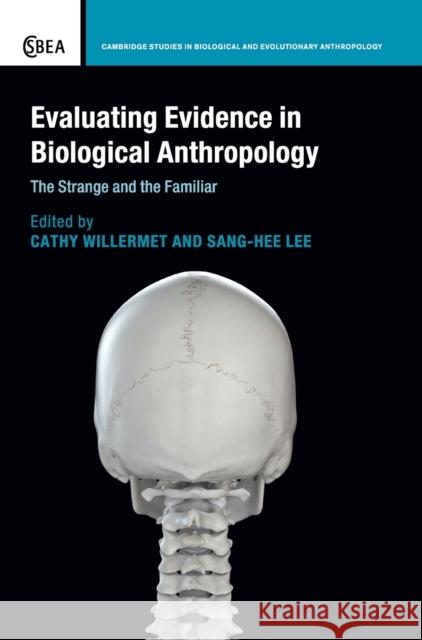Evaluating Evidence in Biological Anthropology: The Strange and the Familiar » książka
topmenu
Evaluating Evidence in Biological Anthropology: The Strange and the Familiar
ISBN-13: 9781108476843 / Angielski / Twarda / 2019 / 228 str.
Evaluating Evidence in Biological Anthropology: The Strange and the Familiar
ISBN-13: 9781108476843 / Angielski / Twarda / 2019 / 228 str.
cena 341,57
(netto: 325,30 VAT: 5%)
Najniższa cena z 30 dni: 325,99
(netto: 325,30 VAT: 5%)
Najniższa cena z 30 dni: 325,99
Termin realizacji zamówienia:
ok. 22 dni roboczych
Bez gwarancji dostawy przed świętami
ok. 22 dni roboczych
Bez gwarancji dostawy przed świętami
Darmowa dostawa!
A critical assessment of how evidence in biological anthropology is discovered, collected and interpreted.











